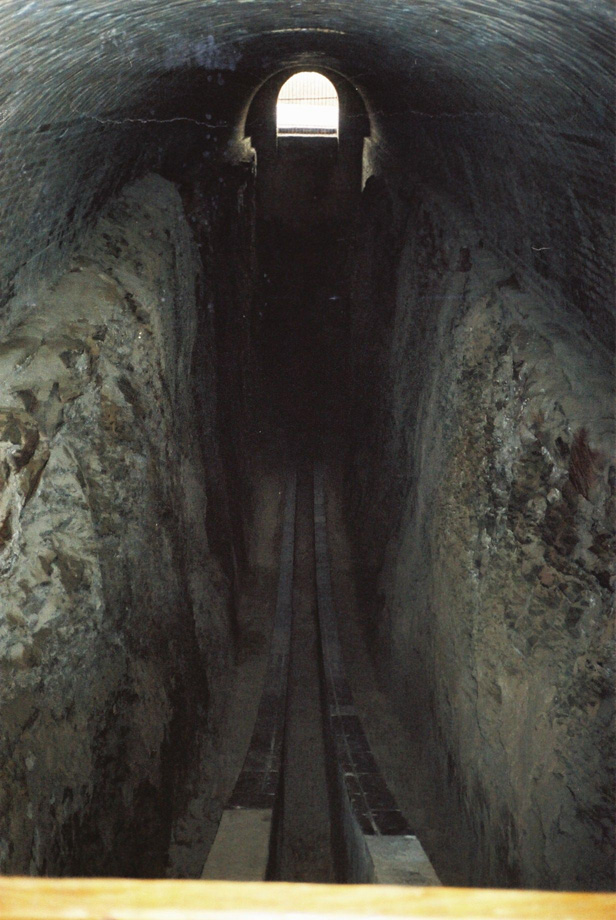
Caption: The Fakhri mural sextant of the Samarkand Observatory, perhaps the greatest of Medieval Islamic observatories.
The Samarkand Observatory was founded by the Samarkand ruler Ulugh Beg (1394---1449; reigned 1447--1449)---who was a grandson of Timur Lang (1336--1405), AKA Tamerlane.
Fakhri sextant is aligned with the meridian (the great circle that runs from due north to due south through the zenith). The aperature looks due south??? I would guess.
By observing an astronomical object transiting the meridian through the aperature from a point along the arc, one can determine its declination (δ) and (with the help of a clock) its right ascension (RA).
-
Only
astronomical objects
that transit
south of
zenith
can be observed with the
Fakhri sextant.
The declination is given by